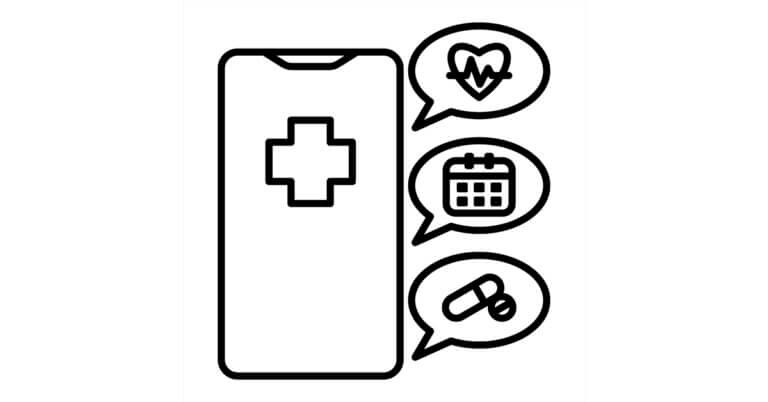May 10, 2022

Healthcare’s Roaring 2020s
Published May 4, 2022, on HLTH.com Read the in-depth article here.
The 1920s was a time of big ideas, boundless energy, large personalities, and gigantic dreams. This exuberant, freewheeling, and tumultuous decade earned its own nickname, the Roaring 20s. Its byproducts launched America into the modern era.
The 1920s also became the decade when American medical education, research and clinical care standardized, professionalized, and modernized. The decade witnessed breakthrough discoveries (penicillin, insulin, vitamins), dramatically reduced communicable diseases, improved diagnostics and expansion of public health. These developments put the U.S. on the path to becoming the global leader in medical research, education and clinical care.
Weary from WWI and the 1918-19 pandemic, America began the 1920s with a profound sense of uncertainty and loss. This weariness gave way to a titanic wave of creativity, innovation, cultural upheaval and status-quo-busting dynamism. By the decade’s end, it was hard to recognize or even remember its humble start.
A century later, COVID-19 pandemic brought America to a standstill. Addressing this viral threat challenged long-established cultural norms, raised fundamental questions regarding societal equity and justice, fed political and social polarization even as new technologies fundamentally redefined work, entertainment, and human connection.
Even before COVID and for the first time in history, the rate of societal innovation was occurring at pace beyond human beings’ natural ability to absorb and adapt. The pandemic has increased societal anxiety associated with disrupting norms. Weaving digital technologies into the fabric of daily life to ease adaptation, reduce stress and promote well-being is the challenge of our times.
COVID also has exposed weaknesses in healthcare’s supply chain and public health infrastructure, the health risks associated with unchecked chronic disease, and profound disparities in access to healthcare services. The result was needless death and suffering.
Frontline healthcare professionals have battled COVID for over two years. Their heroism and selflessness have inspired the nation. Unfortunately, they often have labored with inadequate resources and suffered from high stress/burnout levels. Going forward, health companies must take better care of their workers and give them more tools to manage their own health as well as patients’ health.
The elimination of elective surgeries in March 2020 and relaxed regulatory barriers accelerated the adoption of digital and virtual technologies. In the process, healthcare’s ecosystem pivoted to become more decentralized, consumer-oriented, and cost-effective. Hospital-at-home care proliferated.
Concurrently, breakthroughs in vaccine development and genomic underpinnings of health suggest medicine is on the precipice of systematic improvements in diagnoses, treatments and personalized wellness. Health tech venture investment in 2021 was almost double 2020’s level ($29.1 vs. $14.9 billion), which in turn was double 2019’s investment ($7.4 billion). Many new virtual care, augmented intelligence, care management and consumer health companies have gained market share and clout.
Despite these innovations and advances, healthcare still largely operates in the same ways it did during the 1920s with hospital-centric care delivery, fee-for-service payment, and fragmented service provision. Changing consumer expectations, new competitors, value-based payment models and pro-market regulatory reforms place enormous economic pressure on status-quo business models.
For many incumbent healthcare companies, there is a natural desire to return to pre-pandemic business practices. This would be a mistake. American society will not continue to pay premium prices for healthcare services that deliver suboptimal outcomes and do little to prevent the spread of chronic disease.
Relative to other industries, healthcare has been slower to adapt disruptive digital technologies that reshape supply-demand dynamics by empowering consumers. Given this reality, healthcare incumbents will experience disruptive change at an accelerated pace during the coming decade.
Addressing this digital imperative is a massive challenge for health companies. Big challenges require big solutions. Work environments and strategic positioning must adapt. Successful healthcare leaders will differentiate their organizations by pursuing value-based, consumer-friendly service delivery at scale.
New business models are emerging to challenge status-quo practices and give consumers what they need, want and desire. 1920s-like turbulence will eliminate many legacy businesses. Companies that promote well-being through high-value service provision will become market leaders.
This is an exciting and perilous time for healthcare. The industry will change more in the next ten years than it has in the last hundred. 2030 Healthcare will bear little resemblance to 2020 Healthcare. Welcome to Healthcare’s Roaring 2020s.
Dig deeper on this topic here. Opt in for 4sight Health commentaries here.





